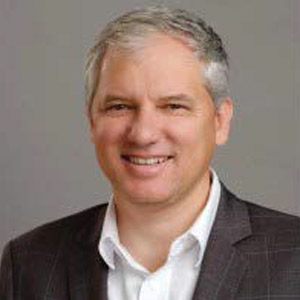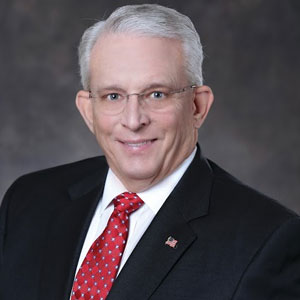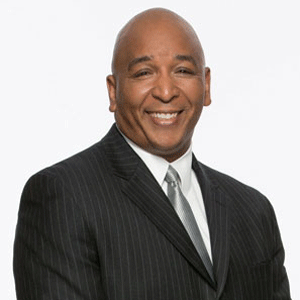THANK YOU FOR SUBSCRIBING

Streamlining Operations and Empowering Teams in Facilities Management
Shaye Rogers, Workflow Support Manager, Cushman & Wakefield


Shaye Rogers, Workflow Support Manager, Cushman & Wakefield
Through this article, Shaye Rogers, Workflow Support Manager at Cushman & Wakefield, shares practical insights from her experience leading a 24/7 maintenance operations team. She outlines the key pillars of her role—workforce management, reporting, knowledge coordination, and telephony oversight— while emphasizing the importance of empathy-driven leadership. Shaye highlights the need to challenge outdated processes, embrace technology to streamline operations and stay adaptable in a fast-evolving field. Her advice encourages aspiring professionals to question, learn, and lead to build stronger teams and smarter systems.
Look beyond the way things are currently done and think critically about how processes can be improved. Don’t be afraid to try new approaches. If they don’t work, you’ve learned what not to do; if they do, you’ve found a better way forward
As the Workflow Support Manager for Cushman & Wakefield’s Maintenance Operations (MO) Team, my role is broad and dynamic. I oversee the seamless operation of our 24/7 Reactive Maintenance Call Centre and the wider MO teams. My primary focus is ensuring work flows smoothly and efficiently, aligning with our operational needs.
Day to day, my responsibilities fall under four key categories:
1. Workforce Management involves scheduling, planning, forecasting, staffing requirements, and real-time monitoring to ensure optimal team performance.
2. Reporting Management—I oversee the creation and distribution of regular and ad hoc reporting requests, Power BI integration and maintenance, and tracking client satisfaction results.
3. Knowledge Coordination – This covers staff onboarding and offboarding, including inductions and departures, developing client training presentations, and overseeing training delivery across teams.
4. Telephony Management – I manage our telephony platform, including call routing, skill assignments, and ongoing platform enhancements.
One of the most valuable lessons I’ve learned throughout my career is recognizing your team as equals. Their insights are invaluable; just as much as they learn from you, you should learn from them. The leaders who had the most significant impact on my development were those who saw me as a person, not just another number.
Investing in your staff as individuals has been instrumental in building an effective and cohesive team. Leadership isn’t just about meeting business objectives— it’s about adapting to the organization's and your people's needs. A strong leader understands that people are complex and unique at every business level. Leading with confidence, empathy, and assertiveness earns respect and trust.
Balancing empathy with expectations is crucial— ensuring your team feels valued while maintaining performance standards. Creating opportunities for professional development is just as important, not only by fostering internal growth but by encouraging staff to expand their skill sets across different business areas. The best advice I ever received as a young manager was: “Train your team well enough that they can leave, but treat them well enough that they don’t want to.”
Challenging the Status Quo: Streamlining Outdated ProcessesA typical inefficiency in my department is the continuation of outdated processes. Over time, I’ve seen numerous procedures inherited from previous leaders that no longer serve their intended purpose in today’s environment. These outdated workflows can be time-consuming and inefficient.
Recognizing when to adapt and evolve is crucial for any business. Encouraging your team to question existing processes constructively—such as asking whether certain tasks are still necessary, whether automation could replace manual handling, or whether processes could be streamlined—helps eliminate inefficiencies. Internal audits like these have saved us time, provided valuable insights into how we can continuously improve, and highlighted ideas from key members of your teams.
Harnessing Technology to Elevate Service and Streamline OperationsTechnology has significantly transformed the facilities management industry in recent years. One of the most significant shifts I’ve observed is the increased accessibility for clients and contractors. New applications now allow vendors to quickly sign on and off jobs, integrating directly with our job logging system to reduce the need for manual follow-ups. Similarly, self-service portals have enabled clients to log their maintenance requests, streamlining the process and improving response times.
Looking ahead, our platforms will continue to evolve. Integrating SMS and chat functions will enhance communication, while AI-driven knowledge bases will provide real-time support for call handling. Additionally, data-driven decision-making tools will further optimize coverage and scheduling, allowing us to use our systems to work harder for us.
Thriving in Workforce Management through Curiosity and AdaptabilityMy advice for those looking to build a career in Workforce Management is simple: listen closely, observe keenly, and ask as many questions as possible. Look beyond the way things are currently done and think critically about how processes can be improved. Don’t be afraid to try new approaches—if they don’t work, you’ve learned what not to do; if they do, you’ve found a better way forward.
Stay informed about industry trends and best practices from other businesses. Understanding how others approach similar challenges can provide fresh insights into how you can refine your operations. Workforce Management is a constantly evolving field, and the ability to adapt, innovate, and lead with a strategic mindset will set you apart.
Weekly Brief
I agree We use cookies on this website to enhance your user experience. By clicking any link on this page you are giving your consent for us to set cookies. More info
Read Also













